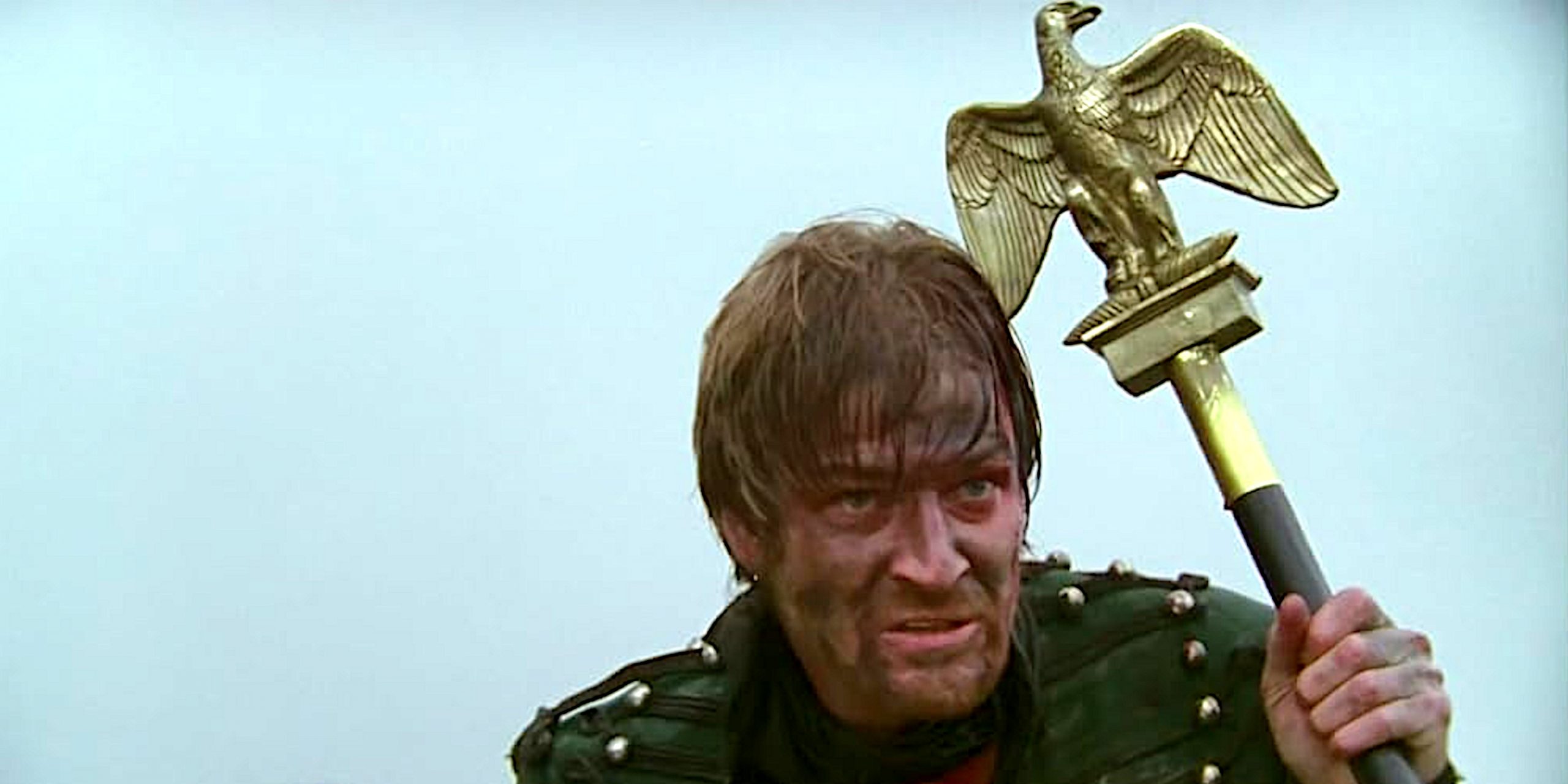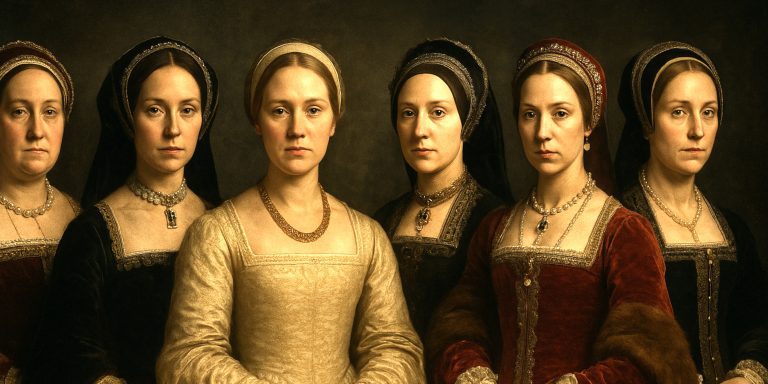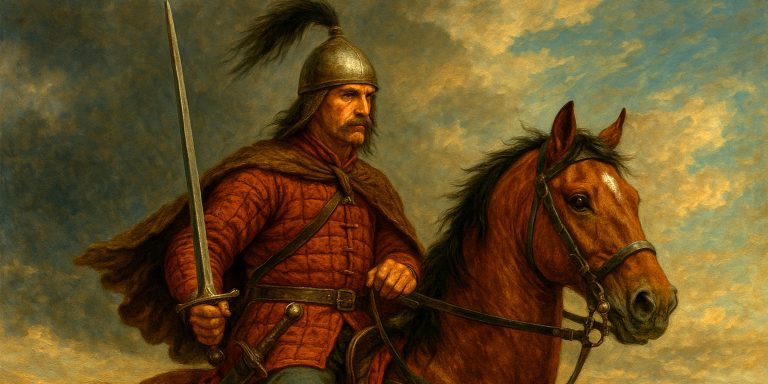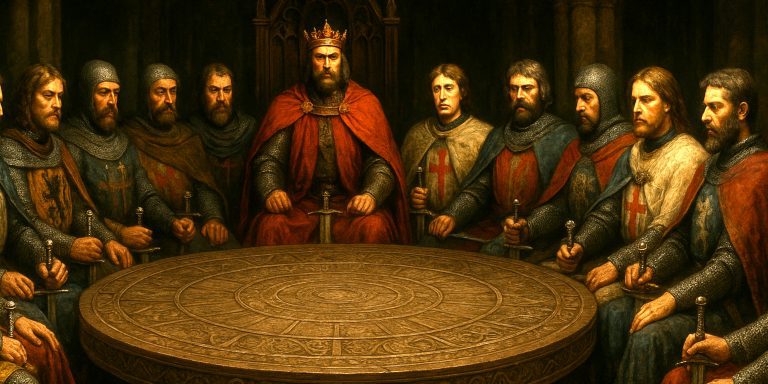
A historian’s reflection on the chaos, courage, and cartridge smoke that defined Sharpe’s world.
The Sharpe series did something very few television dramas ever managed: it made the Napoleonic Wars feel real, human, and gloriously unwashed. Through musket smoke and Irish curses, Sean Bean’s Richard Sharpe dragged a ragtag company of riflemen across Europe, climbing from the mud of Talavera to the thunder of Waterloo.
But behind the fictional camaraderie and coin-snatching lies a fair degree of historical grit. The battles depicted in Sharpe are rooted in real military history, reflecting the tactics, weaponry, and blunders of the age. What follows is a look at the most iconic engagements, the weapons that defined them, and the fate of the men who fought beneath Sharpe’s battered colours.
The Battle of Talavera (1809)
Sharpe’s first great trial by fire and mud. The Battle of Talavera was a real engagement fought between the British and Spanish under Sir Arthur Wellesley (later the Duke of Wellington) and the French under Joseph Bonaparte during the Peninsular War. The series captures the disorder and heat perfectly, even if the actual Talavera was fought under a merciless Castilian sun rather than BBC lighting.
Weapons and Warfare
- Baker Rifle: Sharpe’s chosen weapon. Longer-ranged than the Brown Bess musket, accurate to around 200 yards, and romanticised endlessly.
- Brown Bess Musket: The backbone of the British infantry. Inaccuracy offset by sheer volume of fire.
- Sabres and Spontoons: Officers’ weapons of vanity and last resort.
Fate
Sharpe’s battlefield commission was born here, the beginning of his impossible climb from the ranks. In history, Talavera earned Wellesley his peerage, though the army was too exhausted to exploit victory.
Contemporary Quote
Wellesley himself described his Spanish allies as “amateurs in everything but passion”, which is polite Napoleonic code for chaos.
The Siege of Badajoz (1812)
One of the bloodiest assaults in British military history and grimly portrayed in Sharpe’s Company. The storming of Badajoz cost thousands of lives and left a trail of infamy in its aftermath.
Weapons and Tactics
- Scaling Ladders and Fascines: Soldiers advanced with these under murderous fire to bridge the fortress’s defences.
- Grenades and Satchels: Primitive but effective for blasting breaches.
- Baker Rifle vs. Musket Fire: The Rifles’ precision fire was invaluable in covering the engineers.
History and Aftermath
Historically, the British victory came at terrible cost, with over 4,800 casualties. What followed was drunken looting and violence that Wellington could barely contain. Sharpe’s narrative sidesteps the worst, but his personal battle with Sergeant Hakeswill mirrors the moral ruin that followed the siege.
Contemporary Quote
A horrified officer wrote, “No quarter, no control, only hell let loose.”
The Battle of Salamanca (1812)
Wellington’s tactical masterpiece, Salamanca broke the French hold over western Spain. The Sharpe’s Sword adaptation condenses the confusion into one of the series’ best on-screen battles, marked by Sharpe’s duel with Colonel Leroux and the haunting atmosphere of a war grown too long.
Weapons and Style
- Cavalry Sabres and Cuirasses: Heavy French cavalry dominate the visual chaos.
- Horse Artillery: Quick-moving guns, often deployed to devastating effect.
- British Light Division: Fast, disciplined, deadly with rifles.
Fate
In both fiction and fact, Salamanca marked a turning point. The French retreated, Wellington’s reputation soared, and Sharpe began to resemble a man destined for something larger than the war itself.
The Battle of Toulouse (1814)
The war that should have been over, but wasn’t. Fought after Napoleon’s first abdication, Toulouse was technically pointless, which rather suits Sharpe’s Honour. It’s a battle fought in moral exhaustion, with old enemies barely remembering why they’re still firing.
Weapons and Weariness
- Flintlock Pistols: Officers’ duelling pieces repurposed for grim necessity.
- Sabres and Bayonets: By this stage, both sides were fighting out of habit.
- Uniforms Faded, Morale Frayed: A war nearing its end but unable to stop.
Fate
The real battle claimed thousands for no purpose. In Sharpe’s world, it became a stage for reconciliation, loss, and the weary realisation that peace can feel as empty as victory.
The Battle of Waterloo (1815)
Sharpe’s swansong, both magnificent and filthy. The production stretched its budget to breaking point but captured the claustrophobic horror of infantry squares under cannon fire.
Arms and Artillery
- Cannons and Howitzers: French guns cut through men and mud alike.
- British Infantry Squares: The iconic defensive formation, unbreakable despite slaughter.
- Sharpe’s Sword: By now symbolic, dented, and heavy with ghosts.
Ships, Bounty, and Treasure
By Waterloo, there was little left to plunder. The bounty was survival. The treasure was peace. The ships were those that would carry the survivors home, or never again.
Fate
Historically, Napoleon’s defeat ended a quarter-century of war. In Sharpe’s arc, it marked the end of the soldier’s life and the beginning of uneasy peace.
Contemporary Quote
A French veteran wrote, “The English stood as if rooted to the earth, and we broke against them as waves upon the shore.”
The Seven Swords Takeaway
Each battle in Sharpe captures the thin line between heroism and futility. The uniforms grow shabbier, the faces older, and the victories harder to name.
For the historian, the series remains an oddly faithful companion. The details may blur, but the spirit of the age survives: black powder, stubbornness, and the faint hope that courage might matter.
And in the end, that is Sharpe’s true battlefield. Not Talavera or Waterloo, but the long fight between the man he was and the officer he had to become.
Watch the trailer:



